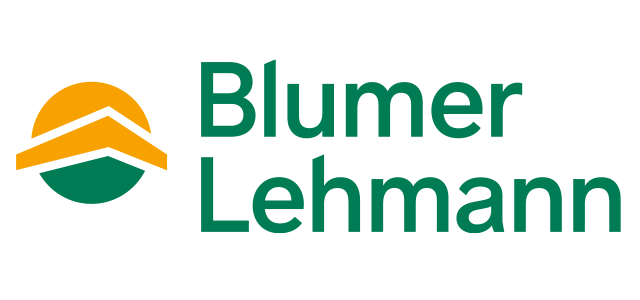HORTUS, a pioneering project for sustainable construction

A construction project for an office building in Allschwil near Basel is taking on a pioneering role in sustainable construction. HORTUS thinks beyond ecology. The modern office building will offset the grey energy used for its construction within one generation. How will it achieve this? As a supplier of solar energy from the roof and from the facade.
But sustainability at HORTUS goes much further than that: the building is setting new standards by using natural materials from the region. The guiding principle of ‘love for the local area’ gave rise to the holistic approach and the obvious idea of using building materials sourced directly from the local area: earth and wood.
«When we intervene in a location, we leave behind at least as much value as the location had before our intervention.»Johannes Senn, client and CEO of the SENN Group
Sustainability on all levels
Sustainability was a central theme in the project’s development. This was why it was essential to source the wood used locally. Under the leadership of Blumer Lehmann, the forest from which each piece of wood came was also clearly depicted and documented. For the total of 3,000 m3 of wood required, this meant ensuring availability with 5 sawmills and 30 forestry districts well in advance. In addition to the procurement of construction materials, the principles of the circular economy, cradle to cradle and second life were also major considerations. The components can thus be dismantled at the end of their service life, re-used or returned to the forest and the earth. Sustainability at the origin also means using as few processed materials as possible, such as solid timber and only minimally glued laminated timber.
«We have to be able to give everything a lasting and distinctive beauty. It's really a challenge, but it's also a delightful idea. Because it creates a new aesthetic in the world.»Jacques Herzog, Architect, Herzog & de Meuron
Wood-clay composite elements from the field factory
It doesn’t get more local than using excavation material from the construction site for the wood-clay composite elements specially developed for the slabs. The elements were manufactured from wood at our factory in Gossau. They were then filled and rammed with excavation material right next to the construction site in a tent serving as the field factory, which Blumer Lehmann developed together with Lehm Ton Erde, its earth construction partner.
The rammed earth formulation developed by Lehm Ton Erde consists of 76% local excavation material and 24% local marl. The mixture was made from the sieved and broken-up components. Specially developed mini feeders decanted the clay mixture into the prefabricated timber elements. The mixture was compacted into rammed earth using rammers and plate compacters.


